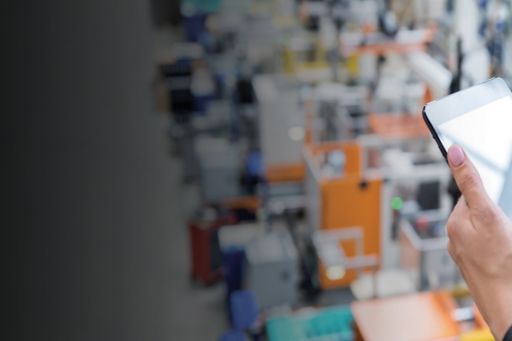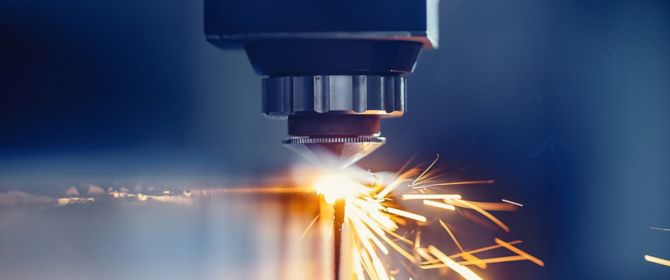Industry 4.0: It’s all about the people
Industry 4.0: It’s all about the people
The adoption of i4.0 will have a profound impact on the manufacturing workforce. Organizations should start planning the transition today.

When technology threatened to replace skilled workers during the first industrial revolution, artisans rose up against the machines. But the Luddites (as followers of the movement were called) were not intrinsically opposed to technology. What they actually wanted was job security.
And so it is with the Fourth Industrial Revolution (i4.0). Like the skilled workers of the first industrial revolution, today’s factory and back office workers are seeing tasks once managed by humans handed over to robots and Artificial Intelligence bots. They are hearing about the factory of the future. And they are wondering what role they will play in the new operating model. Nobody is breaking machines yet. But the concern on the factory floor is palpable.
The concern within the HR department and at the executive table within leading manufacturers is no less palpable. Executives recognize that the adoption of i4.0 will require a massive transition in employee skills, recruitment and training. They understand that, to achieve real and sustainable performance improvements, they need their i4.0 initiatives to succeed.
They understand that traditional manufacturing capabilities will need to be augmented (and, eventually, replaced) with new skills and requirements such as automation, programming, data and analytics, Artificial Intelligence, system integration and software development. And they recognize that i4.0 will allow them to create new operating models which, in turn, will require additional changes for their organization and their employees.
The challenge is significant. HR leaders will need to identify the new skills and capabilities that will realistically be required in the future. Those current employees willing and able to be upskilled and retrained will need to be identified. New talent will need to be attracted, retained and integrated into the business. New ways of working will need to be developed and formalized. And, all the while, the factory floor will need to keep operating and the business will need to keep growing.
Not surprisingly, manufacturing executives are struggling to develop a realistic and practical roadmap for driving this transformation over the next five years. Few want to move too quickly for fear of disruption (and that the hype of i4.0 may not live up to reality). But nobody wants to be left behind-technologically, commercially or in the race for talent.
As part of a recent i4.0 benchmarking exercise, our network of global Manufacturing professionals sat down with almost two dozen manufacturing leaders around the world. We asked them about their capability, talent and HR strategies. And we walked their factory floors to see their i4.0-related activities for ourselves.
What we found was that – while top management certainly understood the significance of i4.0, few believed that their individual employees fully understood how their contributions helped drive the success of the organization. Better communication, education and training will be needed.
Interestingly, some of the leaders in our research suggested that i4.0 might be a potential competitive differentiator, helping position their company as a ‘cool’ place to work-technologically advanced, data-driven and highly innovative – to attract new talent (particularly Millennials) to the industrials sector. The problem will be in coaxing the older existing employees that they also want to be cool.
The Luddite movement of the first industrial revolution eventually petered out as workers started to better understand-and adapt to-the technology around them. But, in this industrial revolution, manufacturers do not have the luxury of time. The winners will be those that start planning the transition today.

